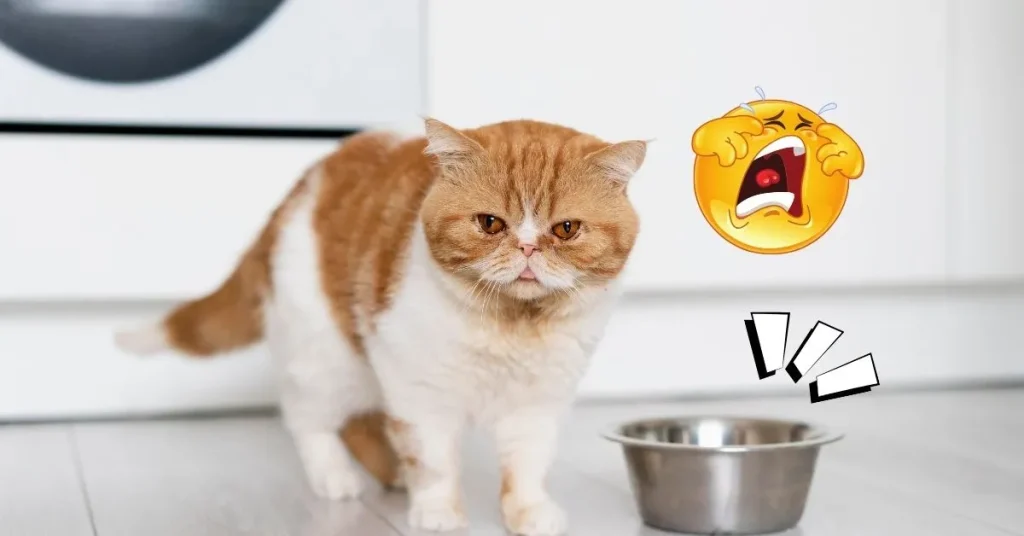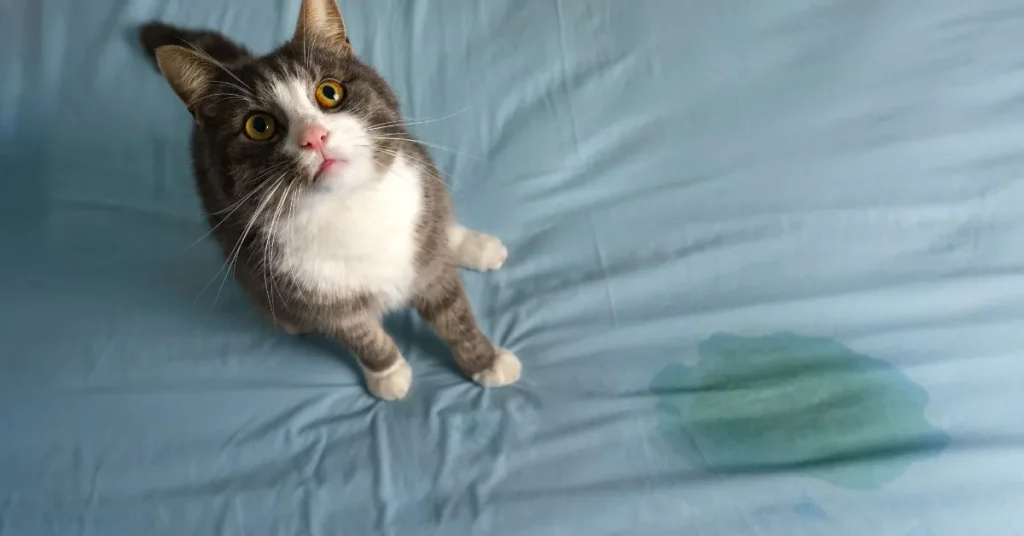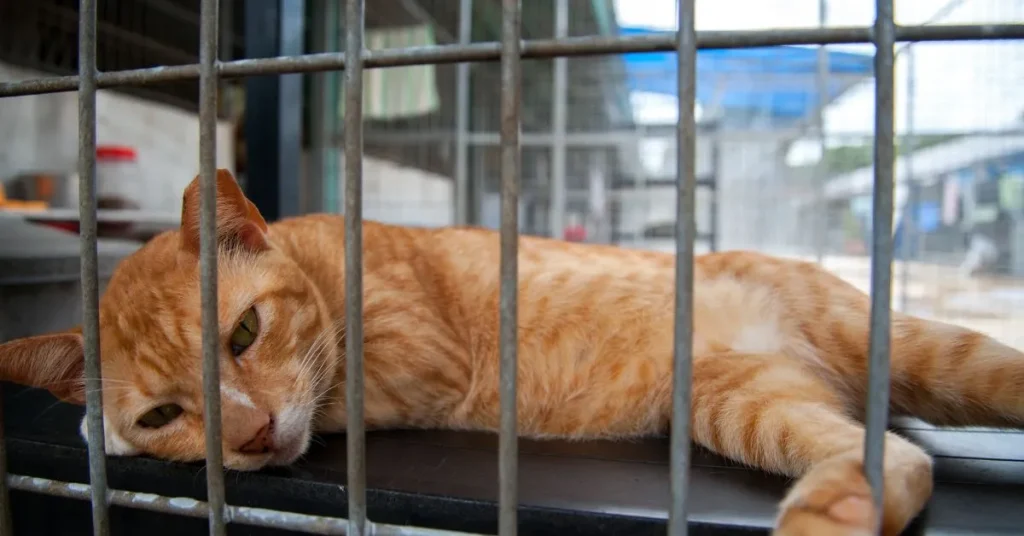One of the most squeezing concerns for cat proprietors is their cat friend’s craving. Cats are infamous for their picky eating propensities and periodic starvation strikes, clearing out proprietors stressed approximately their well-being. But fair, how long can a cat go without eating? Understanding the limits of cat fasting is vital for dependable pet care.
The Significance of Nourishment in Cats
Before diving into the term of a cat’s fasting period, it’s basic to get a handle on the importance of nourishment in cat well being. Like people, cats require an adjusted eat-less to flourish. Proteins, fats, vitamins, and minerals are all crucial components of a cat’s count calories, contributing to their general well-being and longevity.
Adequate nourishment underpins a cat’s safe framework, keeps up sound organs, and advances glossy coats and solid teeth. Without legitimate food, cats are vulnerable to a heap of well-being issues, including lack of healthy sustenance, organ disappointment, and indeed death.
Understanding Cat Craving and Eating Habits
Cats are characteristic seekers, and their eating propensities reflect this developmental characteristic. In the wild, cats expend little dinners all through the day, mirroring their chasing behavior. In any case, tamed cats frequently get their suppers in bigger parcels, ordinarily served at particular times by their owners.
Despite their notoriety as finicky eaters, cats are for the most part great at directing their nourishment admissions. They will regularly eat as it were what they require, clearing out remains for afterward. In any case, push, sickness, or changes in their environment can disturb their eating propensities, driving them to diminished craving or through and through refusal to eat.
Factors Influencing a Cat’s Appetite
Several components can impact a cat’s craving, driving to varieties in how long they can go without eating:
- Health Conditions: Fundamental therapeutic issues such as dental issues, gastrointestinal disarranges, or diseases can cause torment or inconvenience, making it troublesome for cats to eat.
- Stress and Uneasiness: Cats are delicate animals, and stressors such as changes in schedule, modern situations, or the nearness of other creatures can trigger craving loss.
- Dietary Inclinations: Cats can be very specific approximately their nourishment inclinations. Presenting unused nourishment or unexpectedly changing their eating may result in rejection.
- Environmental Variables: Extraordinary temperatures, a loud environment, or the nearness of new fragrances can prevent cats from eating.
- Age: Cats and senior cats may have distinctive wholesome needs and may be more vulnerable to craving fluctuations.
How Long Can a Cat Go Without Eating?
The length of time a cat can go without eating depends on different components, including their general well-being, age, and the reason behind their decreased craving. Whereas cats are known for their free nature, drawn-out fasting can have genuine consequences.
Normally, a solid grown-up cat can survive without nourishment for around three to seven days. In any case, this period can change essentially based on a person’s circumstances. Components such as hydration levels, existing well-being conditions, and getting to water play significant parts in deciding a cat’s capacity to withstand a period of fasting.
It’s basic to screen your cat closely if they refuse to eat for more than 24 hours. Diligent craving misfortune can rapidly lead to preparedness and supplement insufficiency, putting your cat’s well-being at hazard. Looking for inciting veterinary care is basic to distinguish the fundamental cause and avoid advanced complications.
Signs of Starvation Strikes in Cats
Recognizing the signs of a starvation strike in cats is crucial for early mediation. Whereas periodic fasting is not unprecedented, delayed craving misfortune warrants quick consideration. Here are a few markers that your cat may be on a starvation strike:
- Refusal to Eat: Self-evident hesitance or refusal to devour nourishment, indeed favorite treats or meals.
- Lethargy: Decreased vitality levels and expanded languor or inactivity.
- Weight Misfortune: Recognizable decrease in body weight over a brief period.
- Vomiting or The Runs: Gastrointestinal unsettling influences may go with craving loss.
- Changes in Behavior: Expanded vocalization, stowing away, or animosity may flag inconvenience or distress.
Responding to a Cat’s Starvation Strike
If your cat is showing signs of a starvation strike, take the taking after steps to address the situation:
Consult a Veterinarian: Plan a veterinary examination to run the show out of fundamental well-being issues and get suitable treatment recommendations.
Offer Enticing Nourishment: Try diverse surfaces and flavors to allure your cat to eat. Warm, fragrant nourishment or hand-feeding may invigorate their appetite.
Ensure Satisfactory Hydration: Empower your cat to drink water or give damp nourishment to anticipate dehydration.
Minimize Stressors: Make a calm, calm environment free of potential stressors to offer assistance to your cat to feel more loose and comfortable.
Monitor Advance: Track your cat’s eating propensities, bowel developments, and generally mien. Continuous advancement is a positive sign but determined craving misfortune requires encouraging veterinary attention.
Conclusion
In conclusion, whereas cats are strong animals, delayed fasting can have genuine results for their well being and well-being. Understanding the components impacting a cat’s craving and recognizing the signs of a starvation strike are fundamental for opportune intervention.
As dependable pet proprietors, we must guarantee that our cat companions get appropriate nourishment and care. By tending to craving issues instantly and looking for veterinary direction when vital, we can offer assistance to our cats to lead cheerful, solid lives free from starvation and distress.



